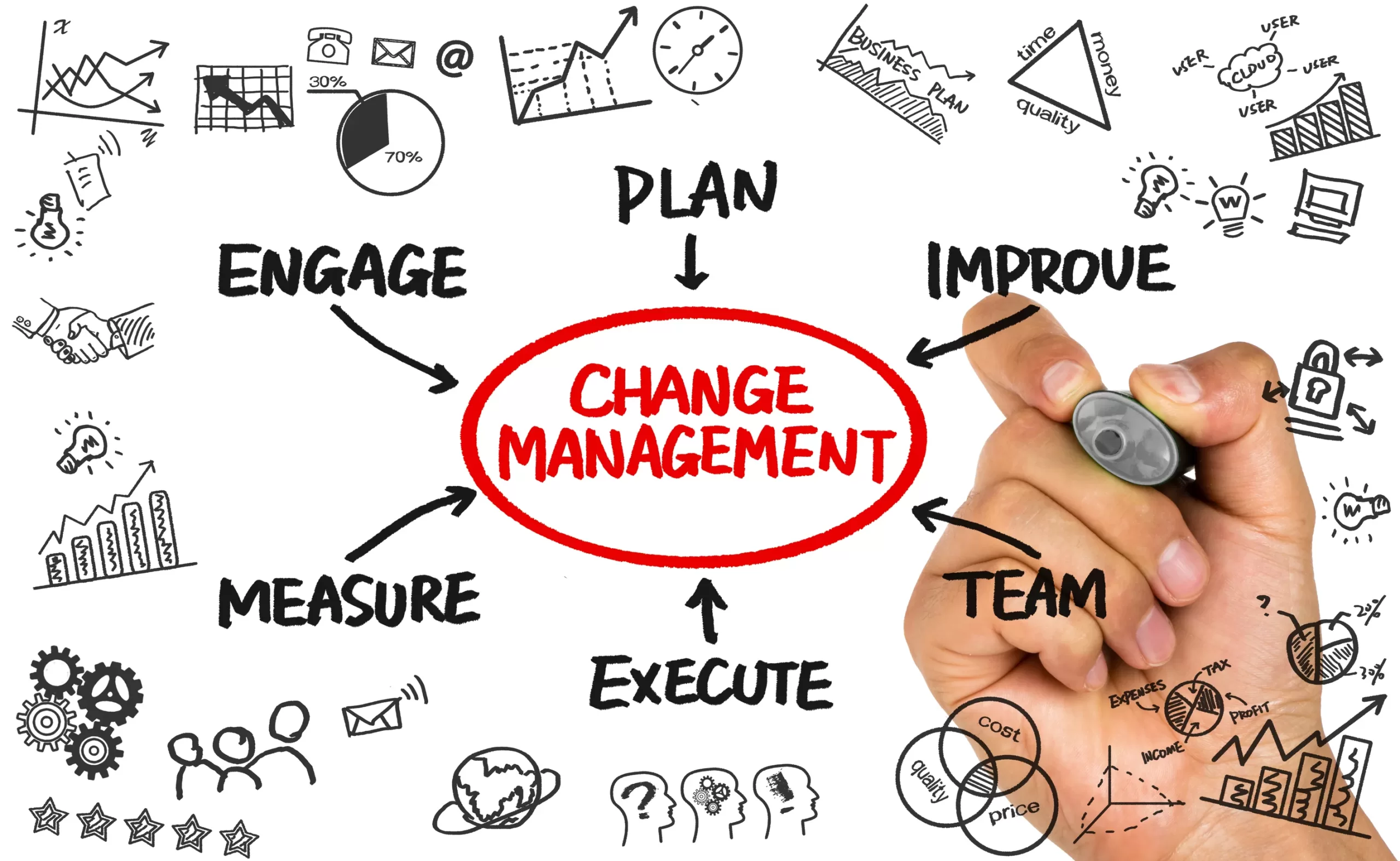CHANGING CHANGE MANAGEMENT
How should designers of the workplace practice interior architecture to best support changing businesses?

As the world becomes more complex and changes faster than ever, professions and methodologies dealing with “change management” have been divided into three major buckets: Risk mitigation, coaching, and organizing.
Risk mitigation with thorough tactical and communications planning aims to minimize business disruption and avoid attrition of both talent and customers. Usually a young, large, and mission-critical organization, such as logistics, will start with this approach.
Coaching, where consultants explore how value systems and cultural norms can impact or be impacted by change, and designs programs that better incentivize and facilitate the adoption of new behaviors. This philosophy is typically employed by more established organizations that already has risk-mitigation processes established. This would be exemplified in a Fortune 500 technology company that has evolved to manage change through framework that is designed to “Inspire, Teach, Inform.”
Organizing where – at its extreme – companies adopt new ways of organizational design that allows the system itself to become responsive to any planned, unplanned, incremental, or transformational change. Zappos has famously adopted holarchy, which supports a distributed authority that is self-managing and self-sufficient as organizations grow incrementally. Valve and GitHub have gone to the extremes of a self -organizing model, which has no hierarchical structure—instead management mimics open-source collaboration methodologies— but this requires extremely high talent density across the entire organization. While these concepts may be more of an ideal than a practical reality, the aforementioned companies are actively scaling and testing across parts of an organization with extremely positive outcomes. A more widely adopted model of organizational redesign can be best exemplified by Toyota’s continuous improvement programs.











Keep In Touch